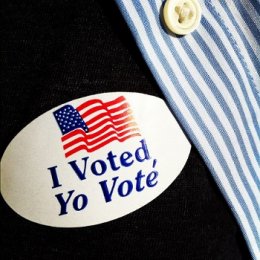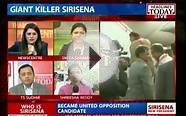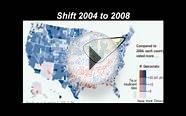Recent presidential elections
Over the past four decades, the American electorate has changed dramatically. As a result of these changes, Alan Abramowitz argues that we have entered a new and fundamentally different era of competition in presidential elections. The key features of this new era are a close balance of support between the two major parties, a strongly partisan electorate, and a high degree of stability in voter preferences and in the outcomes of elections at the national and state levels. Just as is important, is the growing Democratic advantage in both the national popular vote and the Electoral College due to changing demographics.
Click here to read other posts in this series.
Election forecasters generally have a short-term time perspective and that is perfectly understandable. We are concerned with predicting the outcome of one election at a time. In making our forecasts, we therefore focus on factors that can contribute to an accurate prediction of each party’s share of the vote in a particular election. However, by focusing on individual elections and short-term forces, forecasters may be missing long-term trends that are profoundly altering the nature of electoral competition in the United States.
Over the past four decades, the American electorate has changed dramatically. As a result of these changes, we have entered a new and fundamentally different era of competition in presidential elections. The key features of this new era are a close balance of support between the two major parties, a strongly partisan electorate, a high degree of stability in voter preferences and in the outcomes of elections at the national and state levels, and finally a growing Democratic advantage in both the national popular vote and the Electoral College.
 This new era of electoral politics in the United States is characterized by intense competition for control of the White House as well as both chambers of Congress. Of course there have been closely contested presidential elections throughout American history, but there have also been many landslide elections. Of the 17 presidential elections between 1920 and 1984, ten were won by a double-digit popular vote margin. But there hasn’t been a landslide election since Ronald Reagan’s decisive victory over Walter Mondale in 1984.
This new era of electoral politics in the United States is characterized by intense competition for control of the White House as well as both chambers of Congress. Of course there have been closely contested presidential elections throughout American history, but there have also been many landslide elections. Of the 17 presidential elections between 1920 and 1984, ten were won by a double-digit popular vote margin. But there hasn’t been a landslide election since Ronald Reagan’s decisive victory over Walter Mondale in 1984.
You might also like









